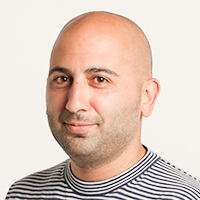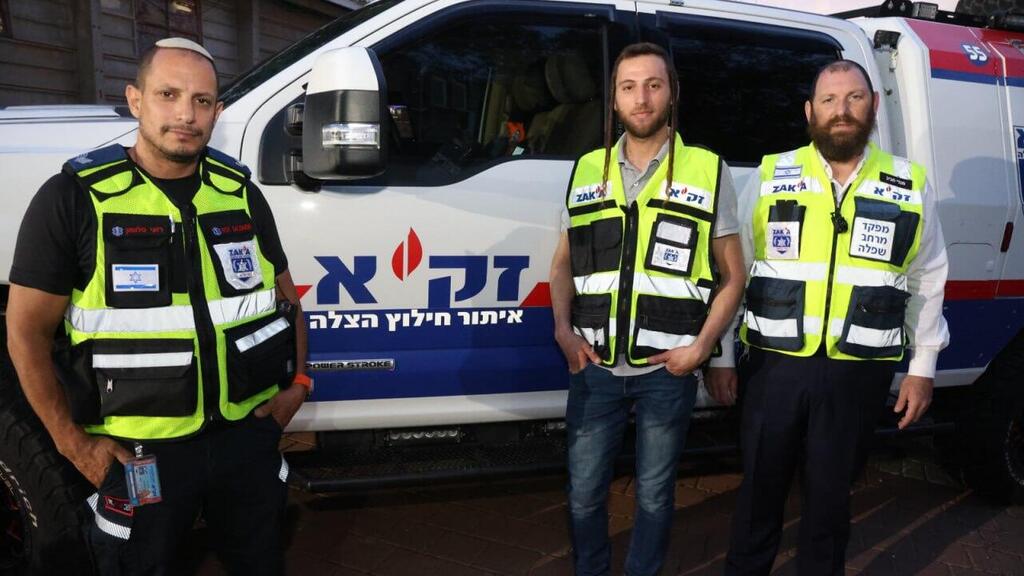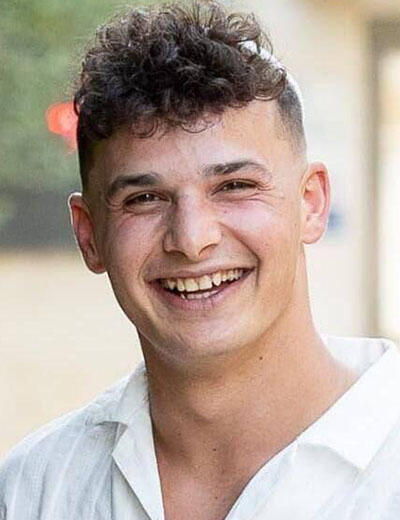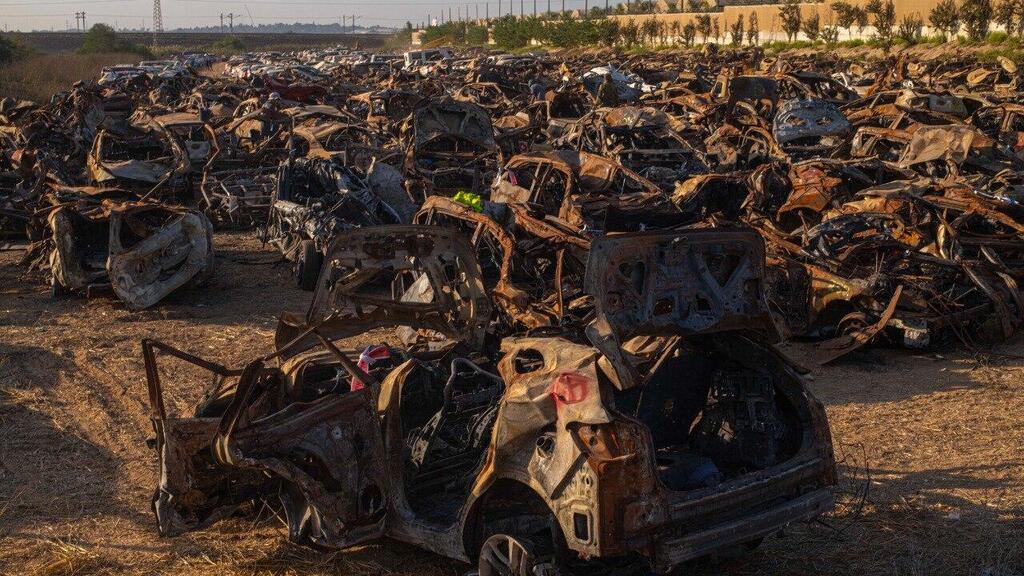Following the discovery of Elyakim Livman's remains, who was considered abducted by Hamas terrorists on October 7, and only on Friday it was revealed that he was mistakenly buried alongside Victoria Gorlov, also murdered by Hamas, three seasoned ZAKA volunteers told Yediot Aharonot and Ynet that due to the severe condition of many of the bodies extracted from the Gaza border region, regrettable errors like these could occur, especially due to the rapid evacuation sometimes under fire.
Roi Salomon, 46, from Ra'anana, a ZAKA volunteer for 13 years, assisted in evacuating bodies from the so-called "Ambulance of Death" hit by an anti-tank missile, where its occupants, including Livman and Gorlov, were killed.
Solomon describes what he found there: "Close to ten people hid inside the ambulance, burned to such a degree that it was hard to gather everything there," he says, adding that the bodies were in such an unidentifiable condition, and some were fused together. "Some bodies had melted," he says.
"When we extracted a body, we initially thought it was just one. There wasn't much left of it, and we found several remnants stuck together. The ambulance was completely burnt." According to him, "Livman's case didn't surprise me because there were heaps of burnt bodies stuck together."
It should be emphasized that ZAKA is only responsible for evacuating the bodies, not for identifying them, a task entrusted to the police and the National Center of Forensic Medicine under the Health Ministry. Exactly seven months after the massacre, they say that only now are they beginning to process what their eyes saw for weeks on end - and they will never forget.
On October 8 at 21:56, ZAKA announced that at that time, approximately 260 bodies had been gathered at the scene of the Nova music festival. This was, of course, just the tip of the iceberg of what quickly unfolded as the largest disaster in the history of the State of Israel. However, ZAKA volunteers who arrived at the scene were not only shocked by the immense number of people murdered that day and the bodies retrieved but also by the systematic cruelty before and after the massacre.
Salomon went out to the Gaza border region on that same evening. "Our first encounter was at the Re'im junction," he recounts. "Someone jumped on us, saying he was also from ZAKA and had the bodies of two girls in his car. We didn't quite understand what was happening. We treated the deceased with respect and quickly realized there were many scattered bodies. At Kibbutz Re'im, we saw the horrors. Then we returned to the party scene, and within three hours, we collected 207 bodies there. Most were gunshot victims, and some were burned."
Later, Solomon arrived in Kfar Aza. "That's when I realized we were facing a true holocaust, and I witnessed the brutality. Initially, you work on autopilot, but at some point, you receive more and more bodies, some burnt, others shot," he recalls.
Mendy Haviv, 43, from Kfar Chabad, has been volunteering with ZAKA for almost 25 years. "Nothing prepared me for October 7. It's a completely different event, although I've seen all the tough scenes with ZAKA. In terms of nature and scale, we arrived and saw dozens of scattered bodies that needed to be loaded. We were escorted under fire at several funeral homes in the Gaza border region. I was injured two days after October 7, and physically, it was tough for me to continue gathering the bodies, but I continued to work in the command center and attend funerals."
Haviv, one of the veteran volunteers, talks about coping with what they saw: "Faith is something that greatly strengthens us because, without faith, I don't think anyone can withstand such cruelty."
Nachman Frank, 34, from Bnei Brak, has been volunteering with ZAKA for eight years. "In every event, no matter how difficult, and I've been in quite a few horrifying cases, this event was different. You arrive, after a few hours, you leave, and after a few days, you somehow detach from it."
"The weight here was heavier than anything, and no one knew what was happening there. No one prepared me to see what I saw and what I did, and also in terms of quantities. An incomprehensible combination of cruelty alongside images you think are unrealistic. It's not easy to do this job day after day, but the sense of mission is immense, and anyone we found or managed to reach and honor as much as we could, would give us a lot of strength."






